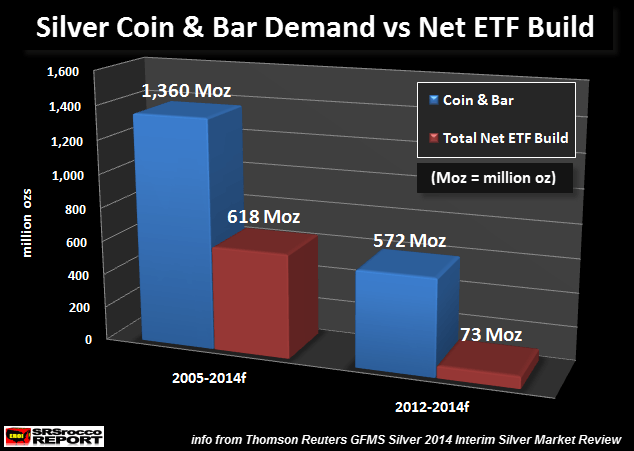Real estate ETFs build from the ground up
Post on: 16 Март, 2015 No Comment

JohnSpence
BOSTON (MarketWatch) — Exchange-traded funds tracking real estate stocks have been among the market’s best performers since the March 2009 market low, but the potential for more upside is on shaky ground.
ETFs that focus on residential U.S. real estate have rebounded sharply. The iShares Dow Jones U.S. Home Construction Index Fund ITB, +1.30% and SPDR S&P Homebuilders ETF XHB, +1.33% are up 100.2% and 92.7%, respectively, for the 12 months through March 4. A broad yardstick for U.S. large-cap stocks, SPDR S&P 500 ETF SPY, +1.27% gained 63.7%, according to FactSet Research.
Meanwhile, Vanguard REIT ETF VNQ, +1.74% has more than doubled from its March 2009 low. The portfolio is comprised of real estate investment trusts, which own and operate commercial properties such as offices and apartment buildings.
Special Report: RIDING THE RALLY
The rebound in stocks that started in March 2009 turns a year old, putting the spotlight on the second year of a bull market. Hint: Stick to whats worked.
New money coming to stock mutual funds has been negligible even as returns have been among the best on record.
The best-performing stocks in the past year share one trait in common. Concerns over their imminent doom abated. The losers are more varied.
Vanishing fears about nationalization and liquidation helped bank stocks more than double in past year. But the sectors still on fragile ground.
The snapback rally in real estate came after the sector avoided the financial ruin that investors had priced into these stocks during the credit crisis. Yet now there are worries the market has overshot and that projections of a strong recovery are too optimistic.
If a double-dip recession strikes, real estate stocks could be among the hardest-hit. Indeed, they fell further than the Standard & Poor’s 500-stock index SPX, +1.26% during the market’s crash. Therefore, investors need to keep a clear eye on the sector’s risks and its sensitivity to the economic recovery. Read about investments for the bull market’s second year.
Commercial real estate
Before the credit meltdown, many investors were drawn to REITs’ solid performance over the previous decade, plus their dividends and diversification qualities. The stocks give investors a way to participate in commercial real estate and hedge against inflation.
However, the sector provided little shelter when the stock market plunged. Income-oriented investors were socked with a double whammy when many REITs scaled back dividends to conserve cash, or paid them out in stock. To qualify for federal tax breaks, REITs are required to pay out 90% of their taxable income to shareholders through dividends.
The total market capitalization of the U.S. REIT industry was about $272 billion at the end of February. The business owns about $500 billion worth of commercial real estate assets, or between 10% and 15% of institutionally owned commercial real estate, according to the National Association of Real Estate Investment Trusts. There are 14 REITs in the S&P 500.
Berkshire Hathaway and the magic of compounding
MarketWatchs Sam Mamudi examines the long-term returns that Berkshire Hathway has secured for investors under Warren Buffett. He compares the results to mutual funds for The News Hubs Kelsey Hubbard.
The Vanguard REIT ETF is the largest ETF tracking the sector in terms of assets. Its top five stock holdings are Simon Property Group Inc. SPG, +2.37% Public Storage Inc. PSA, +2.04% Vornado Realty Trust VNO, +1.59% Equity Residential Properties Trust EQR, +1.81% and Boston Properties Inc. BXP, +2.05%
Other large commercial real estate ETFs include iShares Dow Jones U.S. Real Estate Index Fund IYR, +1.65% iShares Cohen & Steers Realty Majors Index Fund ICF, +1.69% and SPDR Dow Jones REIT ETF RWR, +1.77% Meanwhile, the SPDR Dow Jones International Real Estate ETF RWX, +1.09% with more than $1 billion in assets, is a popular option for the global real estate market.
Despite the rally, REITs remain an unloved sector of the market and many economists are warning of a long, drawn-out crisis in commercial real estate.
REITs scrambled to deleverage their balance sheets when the credit crunch hit, and there are concerns about their ability to roll over debt in coming years. Fundamentally, the sector is facing declining rents, occupancies and property values. Add a weak economy, high unemployment and the specter of rising interest rates, and it’s no wonder the outlook is so bleak.














